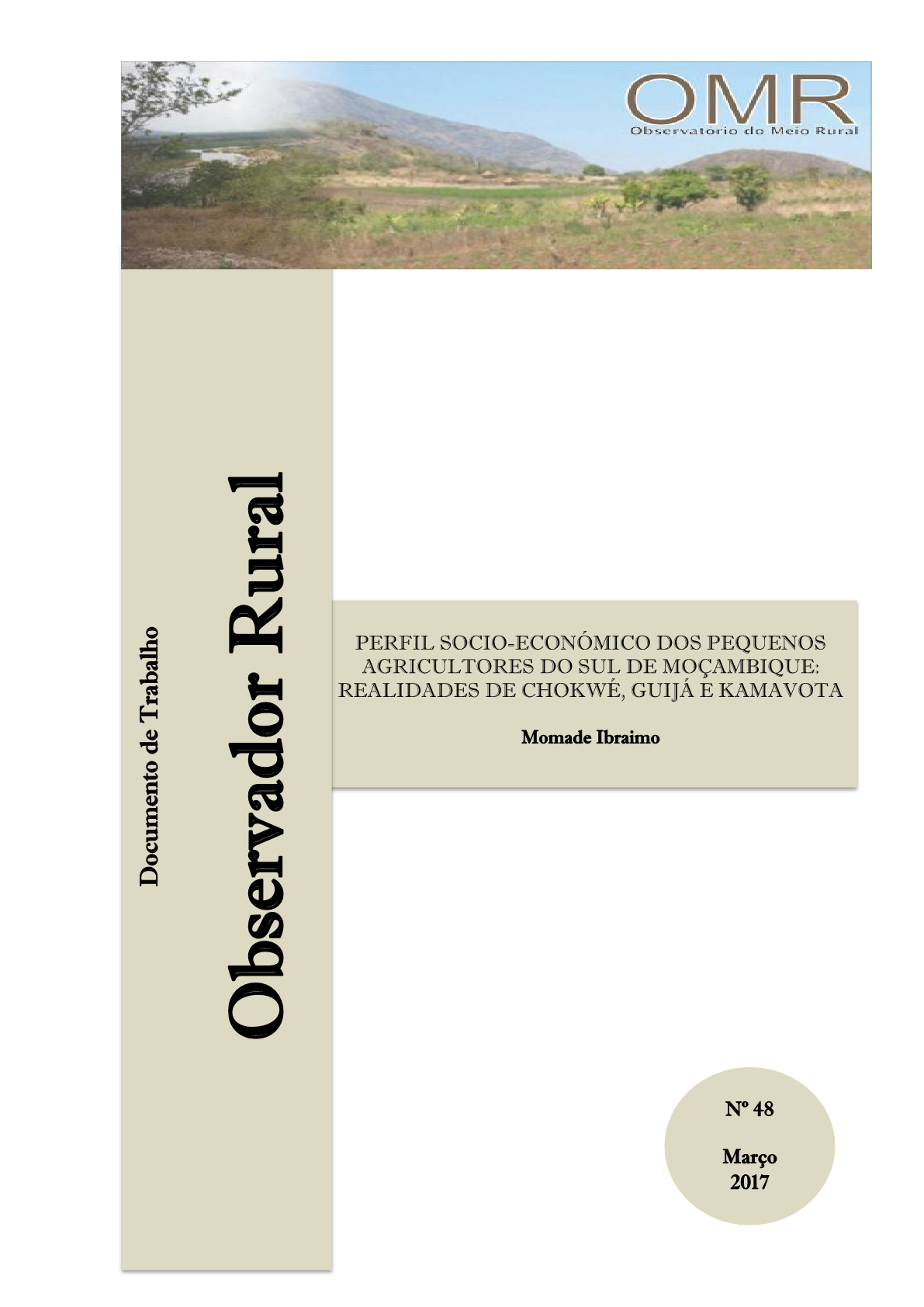Diretrizes de Apoio e Promoção da Agricultura Familiar nos Estados membros da CPLP
Diretrizes de Apoio e Promoção da Agricultura Familiar nos Estados membros da CPLP aprovadas na II Reunião extraordinária do Conselho Regional de Segurança Alimentar e Nutricional da CPLP (CONSAN-CPLP)








